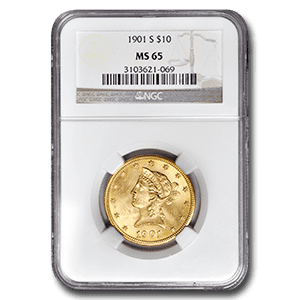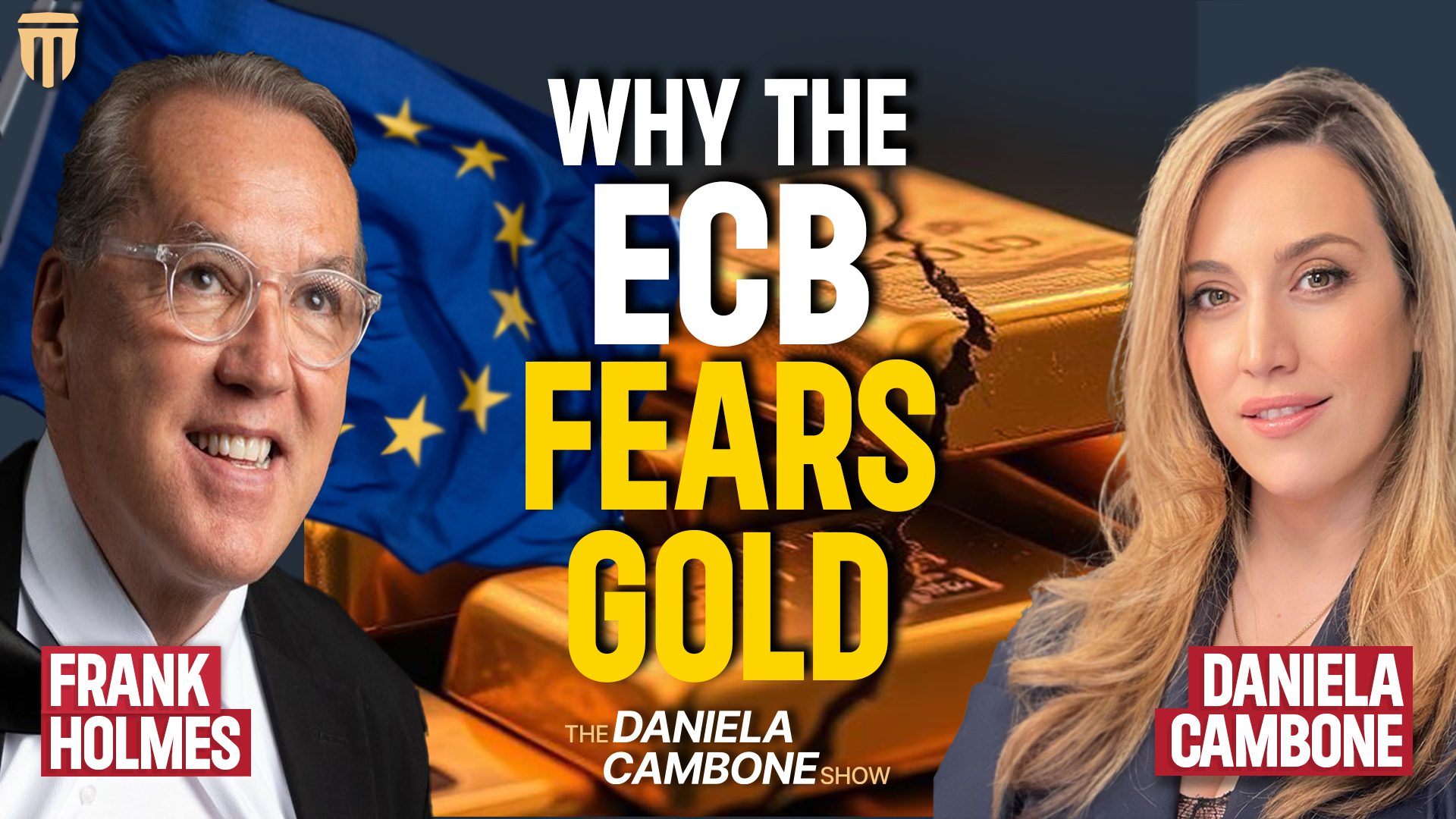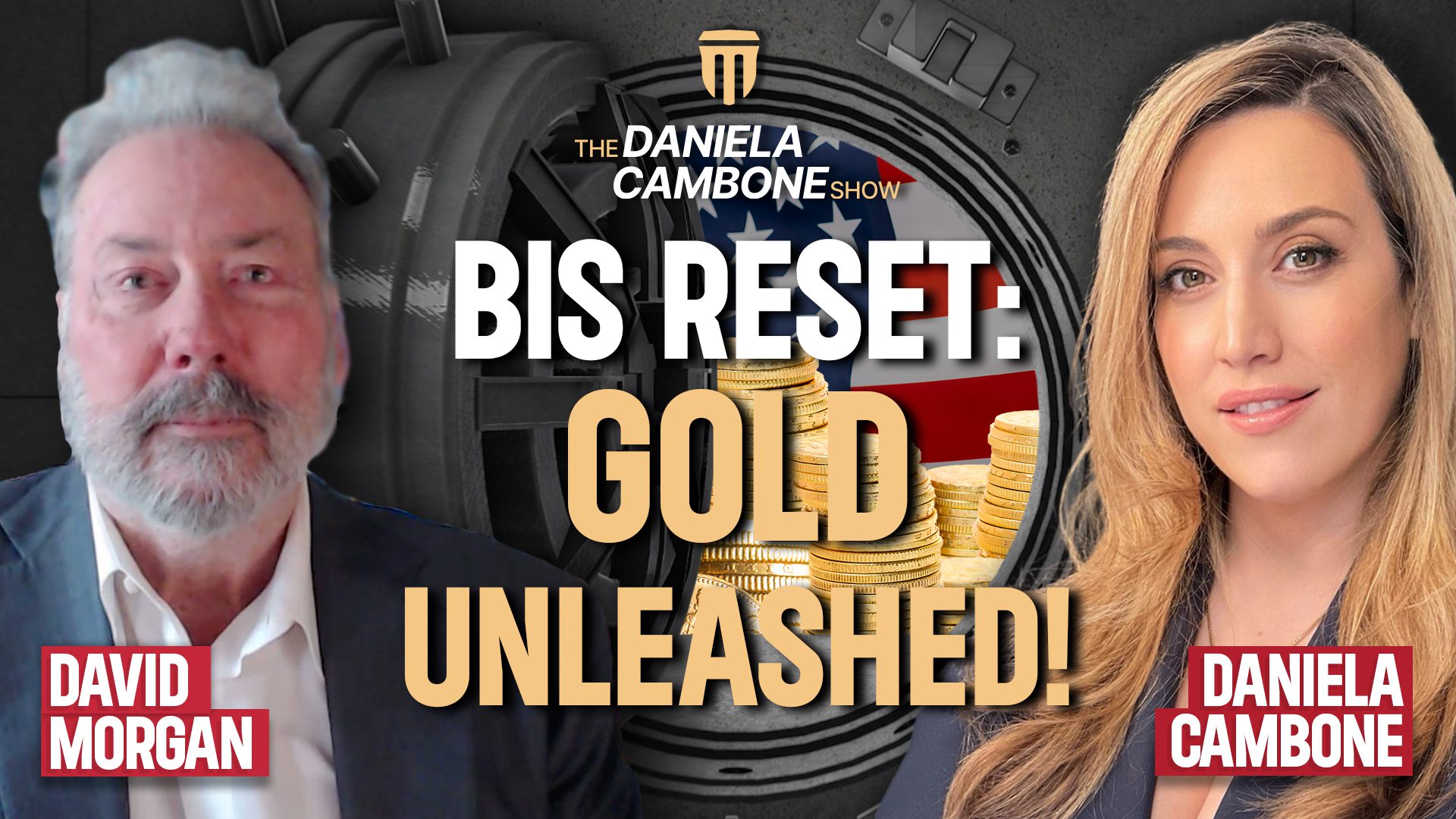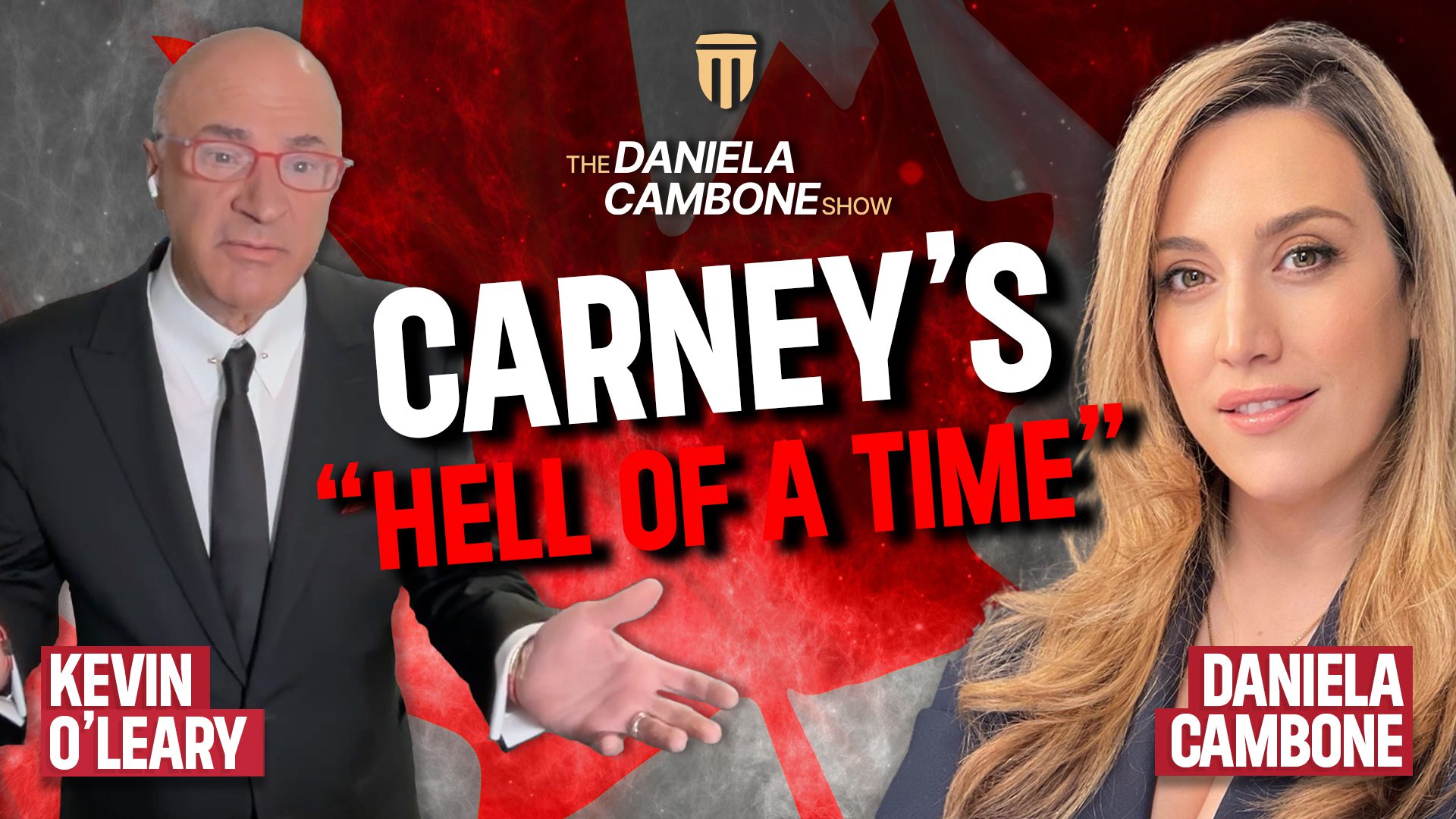Collectible Gold Or Collectibles?

What do you collect? If you are a gardener you may collect plants without even thinking about it. Maybe there are more cars and trucks in your driveway than there are drivers in the household. Perhaps there are a few rows of shoes in your closet or boxes and trays of expensive tools in your garage. These items could all be considered collections of sorts, but there are other collectibles that were at one time or another considered actual assets; the people that collected these items were sure that their treasures would only increase in value over time. Sometimes these items did increase in value, but usually, the story ended up in financial despair and the woefulness of worthlessness. Collectible gold, on the other hand, has proven to be a very stable form of wealth preservation. Even the IRS looks at collectible gold with special eyes, but more on that later.
Collectible Gold Or Collectibles: Lunch Boxes.
One reason a certain line of items may become collectible is sheer nostalgia. Nostalgia in a way is a form of trying to recapture the innocence and happiness of times gone by. Because attaching a dollar value to happiness is difficult, the dollar values that end up being associated with fond memories tend to become a bit inflated. The lunch box may fit into the collectible bubble because what more innocent and happy time can you remember besides those days spent carrying a Miss Piggy or Star Wars lunch box back and forth to school? How can you attach a price to those memories?

Miss Piggy And Friends.
At one time, unusually rare or in-demand lunch boxes (complete with matching Thermos) brought big money, especially when you consider that the lunch boxes in questions sold for only a few dollars brand new. The best very lightly worn or pristine collectible lunch boxes would sell for several hundred dollars or more.
Then the World Wide Web happened, and then Ebay happened. All of the sudden, supply was really visible, and many of the rare lunch boxes turned out to not be so rare, and prices adjusted accordingly. Perhaps part of what drove the price of certain lunch boxes was the thrill of the hunt. After all, if you are not easily able to find a vintage Charlie’s Angels or Winnie The Pooh lunch box, then paying a few extra dollars for one you really want seems reasonable, but if you have pages and pages of options to scroll through that all have reasonable delivery dates, the purse strings tend to be drawn a little tighter, or in some cases, a lot tighter.

I Am Pretty Sure That Price Tag Says $5.
Besides the lunch box nostalgia and dollar value being fickle, I think the lunch box market is probably aging out, too. Eventually, metal lunch boxes were replaced and plastic lunch boxes became the rage. The plastic models could be put in Mom’s new fangled dishwasher, and they didn’t rust. The metal lunch boxes usually ended up being replaced after every school year, or whenever the food inside would start to take on a “rusty†smell or taste.
In addition to not rusting, the plastic lunch boxes also came with a newly designed Thermos that did not have a glass core and was nearly indestructible. Some of the new Thermos designs had a built in straw that was sure to make you look much cooler in the lunchroom or cafeteria than the kids that still had to pour their milk into their Thermos lid/cup. The downfall of the plastic designs is that they would either crack, or the design on the front of the lunch box that made you want it in the first place usually washed off in the dishwasher in two or three months. By December, kids usually had to write their names on their plastic lunch boxes in order to tell them apart because they had all been reduced to being different colored versions of the same plastic container.

I’m not sure that there is a competitive market for these plastic lunch boxes today, and I imagine the number of seventy-year-olds that are willing to shell out big bucks for a Lost In Space lunch box is declining. In any event, I see some issues ahead in the lunch box investment markets.
Collectible Gold Or Collectibles: Baseball Cards.
I’m sure there are people that would very much want to argue this point, but when you look at the baseball card market from a fifty thousand foot view, there are some things that are just plain obvious. While the salaries of professional baseball players have sky-rocketed in the last few decades, so has the interest in other professional sports like golf and NASCAR. Baseball used to be known as “America’s favorite pastime†but these days the NFL seems to be much more popular. Is baseball itself in decline?

The cards that still hold high values, are cards that belong to players who are becoming less and less relevant. Eventually, there will not be anyone alive that ever saw Babe Ruth or Ty Cobb or Willie Mays play. Eventually, there won’t be anyone alive that ever saw Pete Rose play in or manage a Reds game. What will those particular baseball cards be worth then? Only a century or two will tell. Collectible gold, on the other hand, will still be valuable a couple hundred years from now, even if only for the inherent value of the gold. Thousands of years of recorded human history has proven that gold is a store of wealth and value.

These “Black Lotus” Cards Were At One Time Been Valued At Over $60,000 Each.
If you still think baseball cards are worth more than their weight in gold, just google “Magic the Gatheringâ€. This is a card game that kids played a while ago. Cards from this game fetch way more than baseball cards that you may think a quite valuable. Would you pay fifteen or thirty thousand dollars for a Magic the Gathering playing card now? Then maybe no one will be paying ten thousand dollars for a Jose Canseco baseball card one hundred and fifty years from now.
Collectible Gold Or Collectibles: Own Collectible Gold.
Collectible gold differs from gold bullion primarily in the sense that collectible gold tends to be old and historic, and derives part or most of its value from its rarity, quality, and condition. This type of gold is also often called private gold, rare gold coins, or in the correct instances, rare American gold coins.
The Internal Revenue Service looks at collectible gold and gold bullion very differently. In many states, collectible gold does not have to enter into probate and is a great tool to store, grow, and transfer wealth generationally.
For more detailed information on collectible gold, call an ITM Trading representative at 1.888.OWN.GOLD (696-4653) and ask for your free Gold Information Kit.
Below are a two examples collectible gold:

A Numismatic Gold Coin. 1901S $10 Liberty MS 65.

A 1933 $20 Saint-Gaudens Double Eagle.














